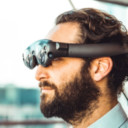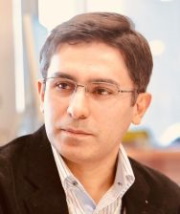A distributed multiuser metaverse server infrastructure, connected by the fediverse protocol.
 By William Murphy - Immers.spaces
By William Murphy - Immers.spaces
Be connected; not confined. Immers Space makes self-hosted libre software that connects independent immersive experiences using open Web standards. With portable identity via OAuth 2.0 & OpenId Connect, a single account can be used across all different sites, providing consistent identity and giving people control over their data. With federated messaging using ActivityPub, people from different worlds and hosts can freely communicate without platform lock-in. Together, these enable a decentralized friends list where you can connect with people from many different virtual worlds, see their current locations in the metaverse when they're online, and join them instantly in live, shared experiences with the click of a link.
We'll talk about how Immers Space works, show some examples of how it is being used now, and demonstrate how you can connect your project to the metaverse with just one line of code.
17:30
get the Slides from the talk

 by Fabien Benetou
by Fabien Benetou  By William Murphy - Immers.spaces
By William Murphy - Immers.spaces By Christoph Haag, Collabora
By Christoph Haag, Collabora Intro by Olivier Meunier, ozmovr.eu
Intro by Olivier Meunier, ozmovr.eu